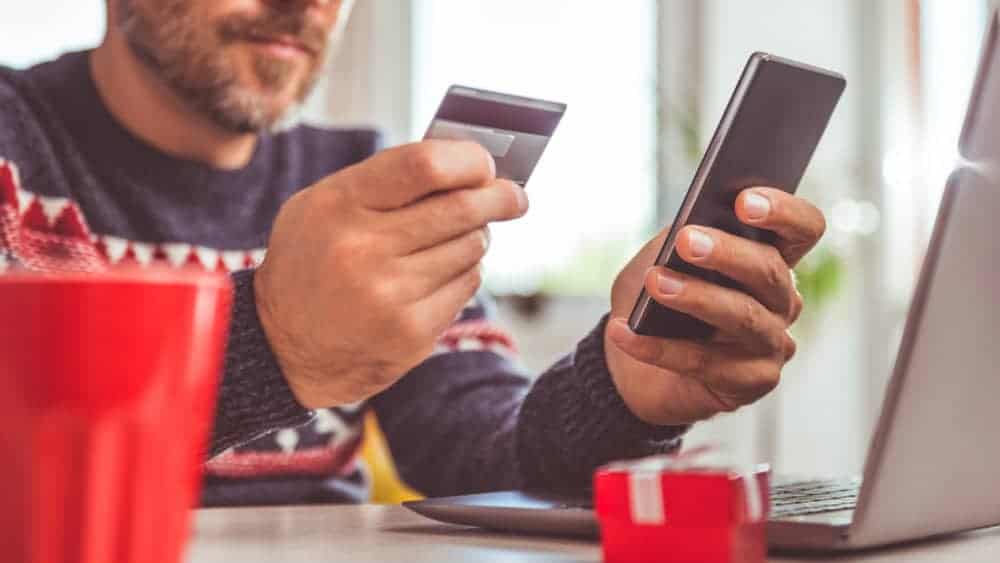Digital wallets and contactless cards are more popular than ever. According to a study by Merchant Machine, UK cash transactions have dropped by roughly 20% in the last decade, and we’re more likely to use a digital wallet or contactless card to shop.
What does this mean for you? Well, while cashless payments can be convenient, they can leave you vulnerable to cybercrime. So, to help you shop more safely, here’s what you should know about protecting your digital wallet from criminals.
[top_pitch]
1. Check your statements regularly
When was the last time you checked your bank statement? Ideally, you should check your statement once a week for any signs of unusual activity on your account. While viewing your statement won’t actually protect your digital wallet, it does mean you can act quickly on any suspicious payments. Signs to look out for include:
- Transactions you don’t recognise
- Charges you don’t understand
- Very small deposits from accounts you don’t recognise
If you spot anything unusual or if you have security concerns, then give your bank a call right away.
2. Buy a protective wallet
Did you know that it’s possible for criminals to ‘skim’ your credit cards if they stand close enough to your wallet? It’s all down to radio signals. Essentially, criminals place a small scanner somewhere you can’t see, like inside their pocket or bag. If they stand close enough to you, they can use the scanner to steal and store your credit card details.
The best way to avoid this trick? Buy a special cardholder known as an RFID wallet. These metal cardholders can fit inside your regular wallet or bag. They’re designed to block the radio signals used by card skimmers trying to steal your data. You can buy an RFID cardholder online fairly cheaply.
3. Set up digital wallet payment notifications
One of the best ways to protect your digital wallet or credit card is by setting up payment notifications. You’ll receive an alert whenever a transaction takes place. That way, if you didn’t make the payment, you can contact your bank to stop the transaction.
If the payment goes through before you have the chance to query it, then your bank may be able to help you reverse the transaction, too.
4. Keep your software updated
Always download the latest software updates and security patches for your digital wallet or mobile app when they’re released. These updates are designed to address known security threats and vulnerabilities. This keeps your identity and financial data a little safer from cybercriminals.
And, if you have an online credit card account, always ensure your computer’s antivirus software is up to date before you log in.
5. Change your digital wallet passwords regularly
How often do you change your passwords? Aim to change passwords every three months or so. That way, there’s less chance of someone stealing your login details and accessing your digital wallet.
- Where possible, use multi-factor authentication such as fingerprint scanning and security codes sent to another device. Then, even if a hacker learns your password, they won’t be able to log in because they won’t have your fingerprint or access to the passcode.
- Use different passwords for every financial account. That way, even if one account is hacked, criminals won’t gain access to them all.
Contact your credit card company or bank if you suspect that your account has been compromised. They can block your account and help you set up new security details.
[middle_pitch]
Protect your credit card and digital wallet
Unfortunately, there’s no way to guarantee you’ll be safe from cybercrime. However, you can keep your money safer by taking just a few simple precautions. And remember to always trust your instincts – query any transaction you’re unsure of, and don’t make payments if you feel uncomfortable.
If you’re a victim of cybercrime, report the incident to Action Fraud UK and notify your bank or card provider immediately. They can talk you through the next steps and, depending on what happened, they might be able to help get your lost money back.







